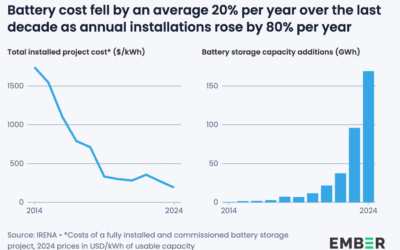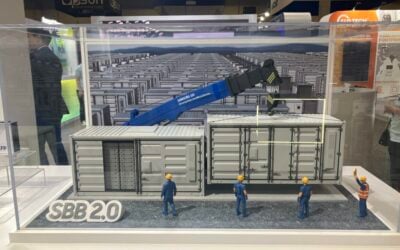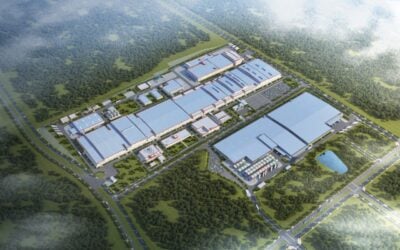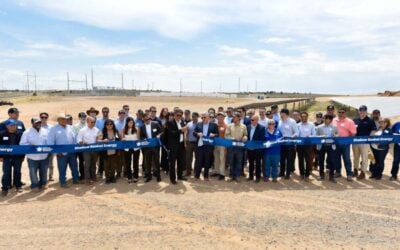
Whilst growing in popularity for stationary energy storage, one project developer tells Energy-Storage.news that LFP batteries deliver lower returns than NMC ones, a claim we then put to battery intelligence firm ACCURE.
There has long been a debate going on in the energy storage industry about whether to use lithium iron phosphate (LFP) or nickel-manganese-cobalt (NMC) based batteries.
NMC has been the more popular choice historically and still today, driven by its popularity as cell chemistry of choice in the electric vehicle (EV) sector, which meant it scaled up quickly.
But LFP is quickly gaining momentum in energy storage thanks to its better safety record and, at least before the current supply chain spike in lithium carbonate prices, more competitive cost. Lithium and phosphorous are more abundant than nickel, manganese and cobalt and some studies also show that LFP batteries also have a longer cycle life.
Try Premium for just $1
- Full premium access for the first month at only $1
- Converts to an annual rate after 30 days unless cancelled
- Cancel anytime during the trial period
Premium Benefits
- Expert industry analysis and interviews
- Digital access to PV Tech Power journal
- Exclusive event discounts
Or get the full Premium subscription right away
Or continue reading this article for free
One thing that is discussed comparatively less is the implication of LFP’s flatter voltage curve on an LFP-based system’s ability to provide ancillary services compared to an NMC-based one. But, more importantly, the higher cost of a common countermeasure to this can reduce returns for a large system, according to a German BESS project developer who spoke on condition of anonymity.
Flatter voltage curve for LFP
A flatter voltage curve means that when you discharge a battery there is a wide range of state-of-charge (SOC) in which the voltage changes only slightly. An NMC battery’s voltage is much more correlated with its SOC, making it easier to track SOC using voltage. You need to track SOC to prevent charge error or diverging charge between systems.
The developer says this means that LFP systems miss potential slots, and therefore revenues, specifically in the European FCR/aFRR markets due to daily outages for recalibrating the system.
He says that software fixes like column counting – metering of energy throughput and calculating the charge instead of measuring it – might work for simple storage configurations and small-scale applications.
“But if you operate more complex optimisation on large scale projects, software based alternatives to direct charge measurement have problems with increasing charge error and diverging charge between the systems, because column counting is just a ‘best guess’ estimate in the end,” he says.
Matthias Kuipers, senior expert at battery diagnostics intelligence software solution provider ACCURE, agrees this is an issue for LFP-based systems and the need to recalibrate has the potential to cause missed profits. But good software can largely get around this, he says, echoing what an academic also told Energy-Storage.news.
“I believe a smart battery design can help here. A properly designed BMS (battery management system) with some smart diagnostic algorithms together with an accurate and well calibrated current sensor should enable you to extend the time between recalibrations beyond a weekly or bi-weekly recalibration,” Kuipers says.
Parallel rack impedance issue
Our German BESS developer says that the issue with voltage/SOC means that LFP strings do not like to be connected in parallel behind a common inverter, as this results in unequal current distribution and faster ageing of some racks. This can affect bankability, with equal ageing of racks the ‘holy grail’ for financing projects.
Some big providers like Tesla solve this by adding a low power string inverter to each individual rack but it costs more and is less efficient than parallel rack configuration behind a central high power inverter, he adds.
Kuipers doesn’t necessarily agree: “Since there are a number of different architectures, I would be hesitant to claim one or the other. Especially, if there is a smart energy management system (EMS) operating the multi-rack system, it is possible to increase efficiency quite a bit, as you can operate the converters in more efficient states.”
The best solution, he says, is to “…use such a smart energy management system to continue operating the storage system whilst running a recalibration on one of the racks. And then we just go round and round the individual racks. This is possible because the racks can be operated individually. Sure, it is everything but a trivial task, yet if done correctly it can further reduce the missing profits.”
Our developer source concedes that newer LFP platforms designed by companies like CATL, might get around these issues.





